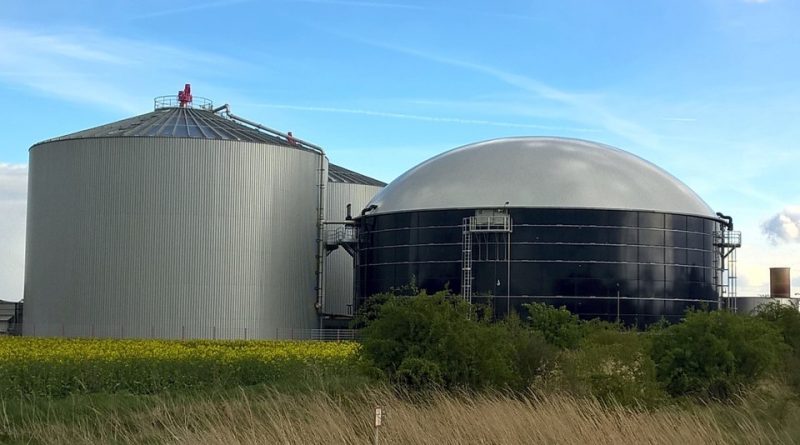Biogas
Biogas
Biogas is a type of gas produced by the anaerobic decomposition (i.e. in the absence of oxygen) of biodegradable organic matter, such as organic waste, agricultural waste, sewage sludge and other biomass. It is composed primarily of methane (CH4) and carbon dioxide (CO2), but may also contain small amounts of other gases such as nitrogen (N2), hydrogen (H2), oxygen (O2) and traces of sulfur compounds.
The production of biogas takes place through a process called anaerobic digestion. In this process, organic materials are placed in an oxygen-free environment, such as an anaerobic digester or biogas plant, where they are decomposed by bacteria and other microorganisms. During decomposition, microorganisms produce methane and carbon dioxide as waste products.
Biogas can be used as a renewable energy source for various applications. It is often used for the production of heat and thermal energy, for example for heating buildings or for generating steam used in industrial processes. It can also be converted to electricity using gas generators or to natural gas vehicle fuel.
In addition to its advantages as a renewable energy source, biogas also offers environmental benefits, as its production allows for the reduction of greenhouse gas emissions and contributes to the sustainable management of organic waste.
Furthermore, the anaerobic digestion process also produces a by-product called digestate, which can be used as a nutrient-rich fertilizer for agriculture.
However, it is important to note that biogas production requires adequate management of raw materials and correct plant design to ensure maximum efficiency and minimize environmental impacts.
Biogas can be produced from different sources of organic biomass through a process called anaerobic digestion. The main sources of biomass used for biogas production include:
– Agricultural waste: such as livestock manure, crop residues, straw and hay.
– Food waste: such as kitchen waste, fruit and vegetable waste, and restaurant and supermarket waste.
– Farm waste: such as manure from pigs, poultry or other farm animals.
– Agro-industrial waste: such as waste from food industries, dairies, breweries or distilleries.
– Wastewater: such as sewage sludge or wastewater from food processing plants.
– Energy crops: such as corn, alfalfa, sugar cane, sunflower or other plants with a high content of organic matter.

